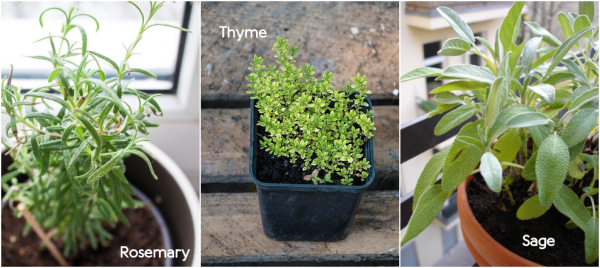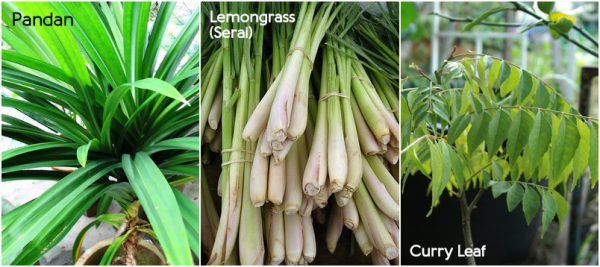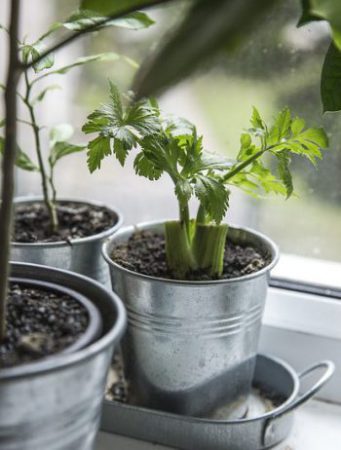If like me, you like to cook Western food, and often do so, then you’ll come to realise that getting the right herbs and spices needed to make the perfect dish can be difficult at times. Some dried herbs just don’t taste as good as the fresh ones, and getting fresh ones mean a trip to the supermarket, which cost time, petrol, money and effort – all for a few small packets of fresh herbs, which you probably won’t use up anyway. The remains then sit in the fridge until they are wilted and no longer edible. 🙁
This is where the benefits of growing your own herb plants come to the rescue! If you love to cook, always require herbs in your cooking, have a small space with lots of sunlight, and want to get those green thumbs working, then here are some herbs that you can easily grow indoors, and save a bunch of money at the same time. In Malaysia, you can purchase small pots of fresh herbs from higher-end grocery stores, or ask a friend for some plants to begin your own little herb garden.
Scallions – Also known as spring onions, they are a vital part of Malaysian cooking, often used as garnishing for dishes, sometimes even being the main ingredient. (Scallion pancakes, anyone?) Its ang moh equivalent is chives, which is also part of the spring onion family.
Mint – Whether it’s for a fancy dessert, perk-me-up mojito, or simply to garnish your asam laksa, mint is always a welcome addition to your potted herb garden. It also smells really good on its own!
Basil – Italian herbs and dried oregano are spaghetti staples, but add some fresh basil leaves for some extra oomph and to impress your dinner date.
These 3 herbs thrive in moist soil, so you’ll have to make sure to water them regularly and ensure the pot has good drainage. You wouldn’t want to gain mosquitos along with the herbs!

Rosemary – If you enjoy a good lamb chop or grilled mutton, adding some fresh rosemary when marinating the meat will heighten the taste. It can also be used for a variety of other meats.
Thyme – Thyme, on the other hand, goes very well with fish. It is also often used as a seasoning for stock, soups and stews.
Sage – Similar to thyme, sage can be used in a variety of foods such as eggs, chicken, lamb, etc.
These 3 herbs prefer drier soil (but you still need to water them), so let the soil dry out between waterings. For all herbs (and plants in general), remember to trim them often so they don’t flower or become overgrown, and trimming also promotes new growth.

If you stay in a landed property with a small patch of grass for gardening, you can also grow these useful plants which are essential ingredients for Malaysian cuisine:
- Pandan – The leaves of this fragrant plant
- Serai (Lemongrass) – Often associated with relaxing aromatherapy, serai adds plenty of aroma and flavour to many Asian dishes, especially a nice hot bowl of tom yum soup.
- Curry – Curry leaves are an essential ingredient when cooking curry dishes, but it’s also a wonderful addition to fried and salted egg dishes e.g. ayam goren rempah, salted egg yolk squid, and begedil (mashed potato patties).

What useful plants or herbs do you grow in your home? Share with us!
Sign up with Estate123.com to list your properties for FREE today, and follow our Facebook page for more interesting property news and updates!




![[Infographic] Interesting Facts About The Kuala Lumpur 2017 SEA Games](https://insight.estate123.com/wp-content/uploads/2017/08/KL-2017-SEA-Games-01-e1502866742984-400x264.jpg)
